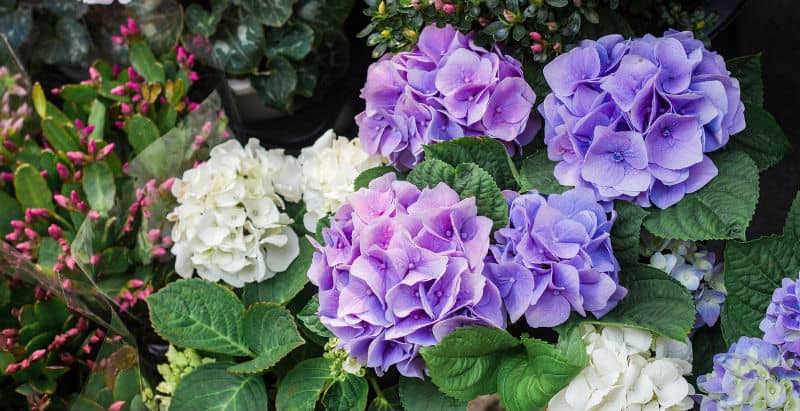
Hydrangeas spring care
Our site is reader supported, this means we may earn a small commission from Amazon and other affiliates when you buy through links on our site.
Hydrangeas are early risers, beginning their transition to beautiful blooms and foliage come springtime. So spring is the perfect time to tend to their overall health.
What to do with hydrangeas in Spring
Looking after hydrangeas in Spring is easy with a little feed, sun, and water.
Springtime feeding
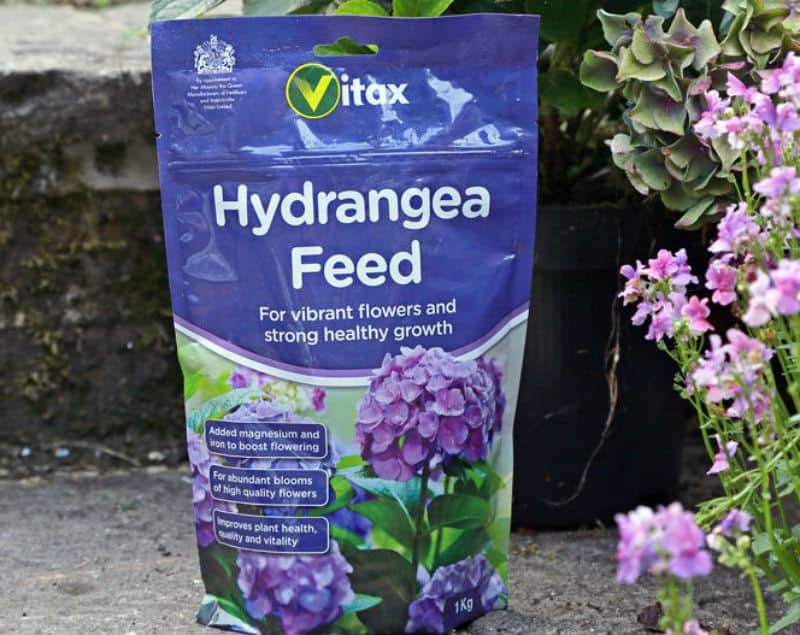
In spring you can start to add hydrangea feed to your hydrangeas to give it the nutrients it needs for new growth. Sprinkle growmore on top of the soil and add some compost. Water everything immediately so that it has time to soak down to all of the roots.
Choose your colours
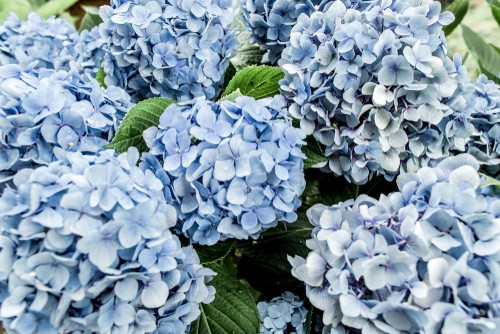
In springtime, those of you with bigleaf hydrangeas can start to cultivate either blue or pink flowers. Now is the time to change the soil composition accordingly. If you want blue flowers, make the soil more acidic with aluminium sulfate. If you want pink flowers, make it more alkaline with lime. Start doing this at the beginning of spring at weekly intervals for 1 month. Check the soil levels and watch for your new, beautiful blooms. Remember this can take a long time to achieve and its much easier to turn pink hydrangea blue than it is to turn blue hydrangeas blue.
Water requirements
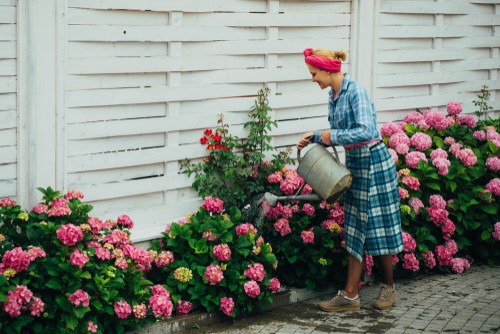
With springtime near, you need to start watering the plant again regularly, especially if your hydrangeas are in places with exposure to full sunlight or are grown in pots. These should be watered once per week, with at least 1-2 inches of water every time. If you notice the top 6 inches of soil has dried out, increase the watering. You can also add mulch so that the soil maintains moisture more effectively.
Springtime pruning
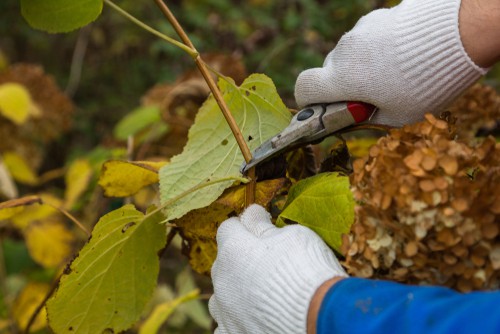
Only hydrangeas that produce flowers in spring will need to be pruned in the spring. These are the flowers that produce new growth and new buds come summertime. With these, you should prune them as soon as the flowers are no longer blooming. Cut away any old flowering stems or overgrown stems so that energy can be diverted to the new growth. When you do this, be sure to use your sharpest set of pruning shears and sanitize them in a mixture of 1 part bleach to 9 parts water in between each cut.
If you have hydrangeas that flower in the summer/fall you won’t need to do any spring pruning but you can certainly cut away overgrown or damaged branches.